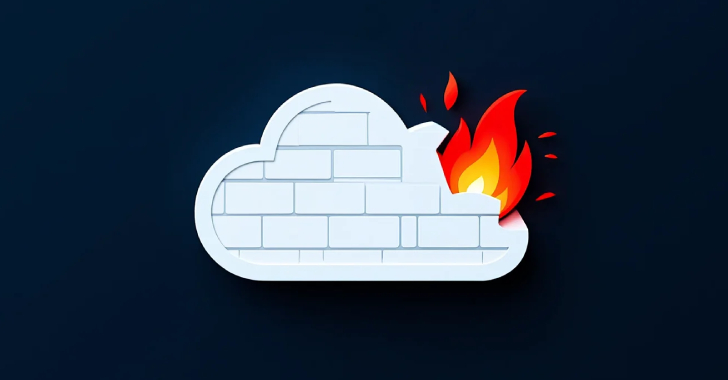
Cybersecurity Safety: What Is a High-Level Risk Assessment?
In an era where the digital landscape is continually evolving, the significance of cybersecurity cannot be overstated. As technology infiltrates every facet of our lives, the need for robust defense mechanisms against cyber threats is paramount. In this light, one term that frequently emerges is ‘High-Level Risk Assessment.’ But what does this entail, and how crucial is it for ensuring cybersecurity safety?
Defining High-Level Risk Assessment:
A High-Level Risk Assessment (HLRA) is a comprehensive analysis focusing on identifying, evaluating, and prioritizing risks that an organization may face. Its primary objective is to give organizations a bird’s-eye view of potential threats and vulnerabilities. This assessment is not just confined to identifying risks but extends to understanding the likelihood of their occurrence and the potential impact they may have on an organization.
Stepping Stones of HLRA:
Identification of Assets: The first step is identifying and cataloging all assets within an organization. These can range from physical hardware to software applications and data. Recognizing what needs protection is foundational for an effective risk assessment.
Threat Modeling: Once assets are identified, the next step is threat modeling. This involves identifying potential threats and vulnerabilities, focusing on how an attacker might infiltrate the system and what they might target.
Risk Evaluation: After identifying threats, a risk evaluation ensues. This process determines the likelihood of each threat occurring and the potential impact on the organization, helping prioritize resources for risk mitigation.
Development of Mitigation Strategies: Based on the evaluated risks, organizations develop and implement mitigation strategies. These strategies aim to minimize the likelihood of risk occurrence and reduce the impact of any successful attack.
Importance of High-Level Risk Assessment:
HLRA holds paramount importance in the cybersecurity framework for several reasons:
Prioritization of Resources: HLRA helps organizations allocate resources more effectively by identifying and prioritizing risks. This ensures that higher risks get addressed first, enhancing the overall security posture.
Compliance and Regulation: Many industries mandate risk assessments to comply with regulations. HLRA ensures that organizations meet these regulatory requirements, avoiding legal complications and potential fines.
Business Continuity: By identifying potential risks and developing mitigation strategies, organizations can ensure business continuity, even when facing cybersecurity incidents.
Stakeholder Assurance: Demonstrating a commitment to cybersecurity through HLRA can provide assurance to stakeholders, including customers, employees, and investors, fostering trust in the organization.
Conducting a High-Level Risk Assessment:
The process of conducting an HLRA involves several key steps:
Scope Definition: Define the scope of the assessment by identifying the systems, networks, and data that will be assessed. A well-defined scope ensures a focused and effective assessment.
Data Collection: Collect relevant data about the assets within the defined scope. This may include system configurations, network architectures, and data access controls.
Risk Identification: Identify and document potential risks by considering various threat vectors, vulnerabilities, and potential impact on the organization.
Risk Analysis: Analyze the identified risks, taking into account the likelihood of occurrence and potential impact. This step helps in prioritizing the risks.
Risk Evaluation and Reporting: Evaluate the risks based on the analysis and report the findings to the relevant stakeholders, along with recommendations for risk mitigation.
Mitigation Strategy Development: Develop and implement risk mitigation strategies based on the assessment findings, ensuring that the organization is adequately protected against the identified risks.
Challenges and Solutions:
While HLRA is crucial, it’s not without challenges:
Evolving Threat Landscape: The continually evolving threat landscape makes it challenging to identify all potential risks. Regularly updating the threat model and staying informed about the latest threats can help address this challenge.
Resource Constraints: Limited resources can hinder the effectiveness of an HLRA. Leveraging automated tools and outsourcing to specialized firms can help overcome resource constraints.
Human Factor: Human error remains a significant challenge in cybersecurity. Providing regular training and fostering a culture of cybersecurity awareness can help mitigate this risk.
Conclusion:
High-Level Risk Assessment stands as a cornerstone in the fortress of cybersecurity safety. It enables organizations to peer into the potential threats lurking in the shadows of the digital world, prioritize resources, comply with regulations, ensure business continuity, and foster stakeholder trust. Though conducting an HLRA poses certain challenges, staying vigilant, leveraging technology, and fostering cybersecurity awareness can ensure that organizations stay one step ahead of cyber adversaries. In a world teeming with digital uncertainties, a well-executed HLRA is not just a best practice—it is a necessity.
Contact Cyber Defense Advisors to learn more about our High-Level Risk Assessment solutions.





